Dodge and Burn (2019) collapses together images and objects referencing American colonialist expansion in the Philippines during the early 1900s, as well as contemporary racial politics and historical amnesia. The allusion to postproduction and image manipulation is a direct reference to the construction of an American narrative that is itself a problematic construction.
Stephanie Syjuco
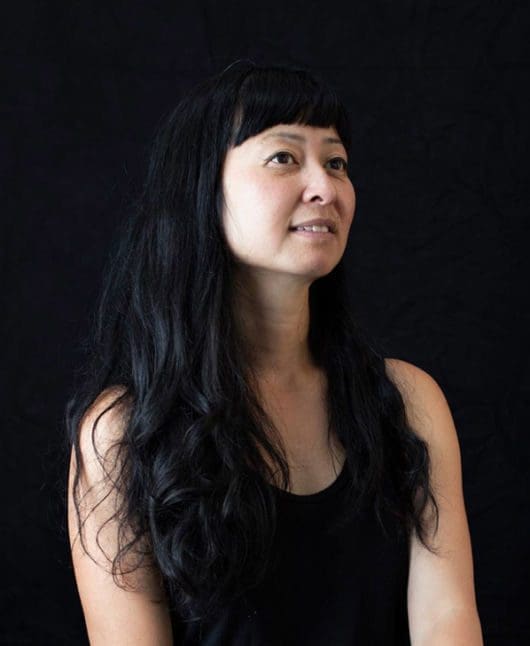
Stephanie Syjuco (born in Manila, Philippines, 1974; lives and works in San Francisco, CA) works primarily in sculpture, installation and photography, leveraging open-source systems, shareware logic and flows of capital to create friction between high ideals and everyday materials. “Many of my projects involve public participation to create or build the final work,” Syjuco explains. “I see this collective effort as both a socially and politically engaged process because it encourages people to take agency in creating something together, as opposed to being a passive observer of an artwork.”
Block Out the Sun, 2021
Single-channel video with sound
RT: 5:09 minutes
Edition of 3
As a newly-acquired colony of the United States, the Philippines was showcased for the American public at the 1904 World’s Fair in St. Louis via a living “human zoo,” filled with 1,200 imported “natives” performing dances and rituals. In alignment with her artistic practice of “talking back” to the archives, Syjuco photographed images of the Filipino village, but covered their faces with her hands as a way of protecting their identities and thwarting the viewer’s ability to fully consume the people on display.
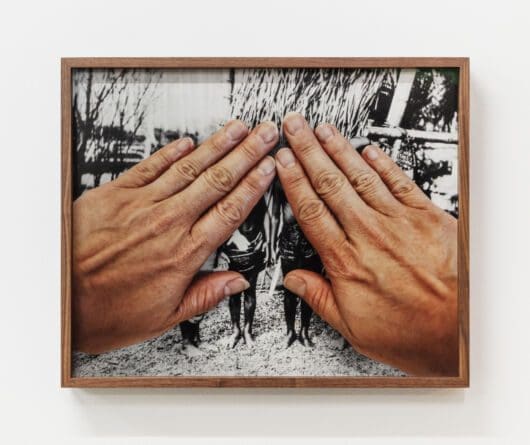
Block Out the Sun (Shadow), 2019-2022
Archival pigment print on Hahnemuhle Baryta
16 x 20 inches (40.6 x 50.8 cm)
Edition of 8
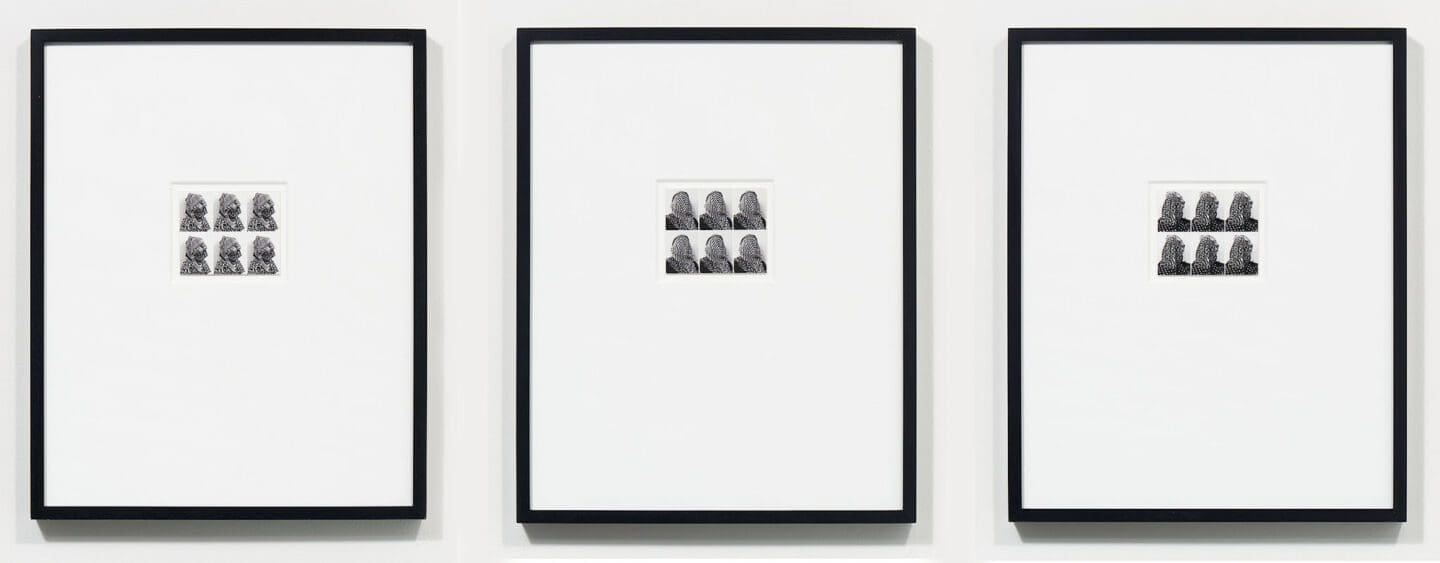
Applicant Photos (Migrants) #1-3, 2018
Pigmented inkjet print
Image Dimensions: 3 1/2 x 4 1/4 inches (8.9 x 10.8 cm)
Framed Dimensions: 20 3/4 x 16 3/4 inches (52.7 x 42.5 cm)
Edition of 10

Applicant Photos (Migrants) #1-3, 2018
Pigmented inkjet print
Image Dimensions: 3 1/2 x 4 1/4 inches (8.9 x 10.8 cm)
Framed Dimensions: 20 3/4 x 16 3/4 inches (52.7 x 42.5 cm)
Edition of 10

“Syjuco’s work references various forms of studio portraiture, including 19th century ethnographic portraiture by travelers, who captured their subjects in ‘exotic’ dress, and the ubiquitous passport photograph, in which the sitter is expected to pose, unsmiling, with their facial features unobstructed. Syjuco simultaneously exposes and thwarts the standards of these sub-genres. In the Cargo Cults portraits, the sitter (the artist herself) wears costumes that were assembled from garments and other objects purchased at big-box stores in American shopping malls and styled to evoke ideas of “ethnic” patterns and styles.”
– From the Museum of Modern Art’s 2018 exhibition page, Being: New Photography
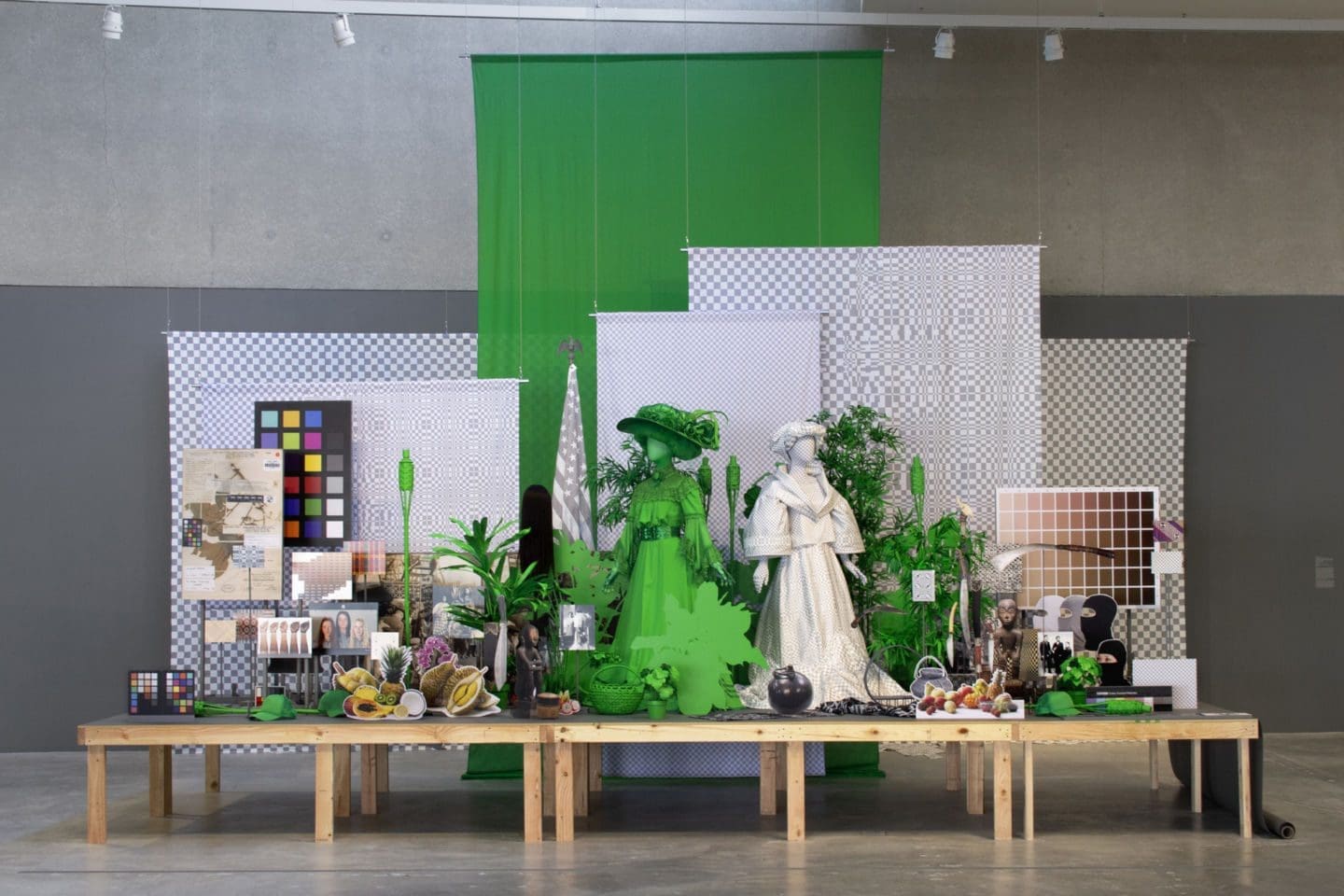
Dodge and Burn (Visible Storage), 2019
Wooden platform, digital photos and printed vinyl on lasercut wood, chromakey fabric, painted backdrops, seasmless paper, artificial plants, mixed media
20 x 17 x 8 feet (609.6 x 518.2 x 243.8 cm)
Exhibition History
2019: Stephanie Syjuco: Rogue States, Contemporary Art Museum St. Louis, MO
2020: Stephanie Syjuco: The Visible Invisible, Blaffer Art Museum, TX
2023: Blind Spot: Stephanie Syjuco, Eli and Edythe Broad Art Museum at Michigan State University, MI

Dodge and Burn (Visible Storage), 2019
Wooden platform, digital photos and printed vinyl on lasercut wood, chromakey fabric, painted backdrops, seasmless paper, artificial plants, mixed media
20 x 17 x 8 feet (609.6 x 518.2 x 243.8 cm)
Exhibition History
2019: Stephanie Syjuco: Rogue States, Contemporary Art Museum St. Louis, MO
2020: Stephanie Syjuco: The Visible Invisible, Blaffer Art Museum, TX
2023: Blind Spot: Stephanie Syjuco, Eli and Edythe Broad Art Museum at Michigan State University, MI
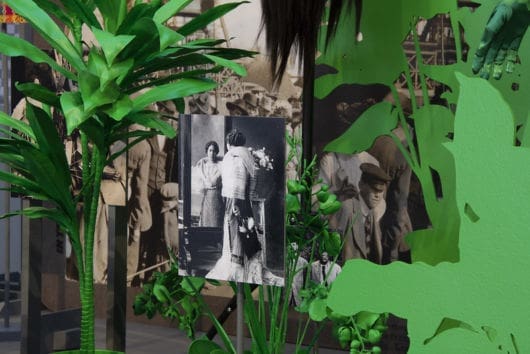
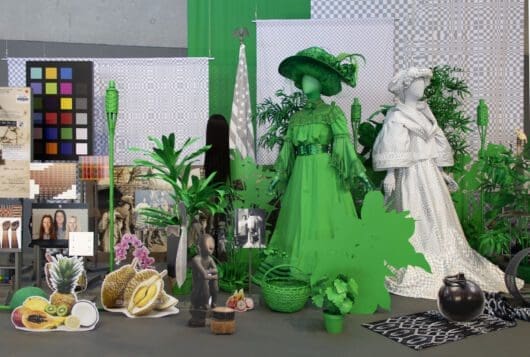


Rogue States (2019) is an installation of fictional flags of made-up countries from Africa, the Middle East, Asia, Eastern Europe, and Central and South America, all culled from American and European movies that position these countries as terrorist, backward, resistant, or unstable. From Hollywood blockbusters to comedy television shows, these rogue states carry the projected weight and fear of the uncontrollable Other. The flags are to be hung vertically from the ceiling in rows, as a United Nations-style convention of collective anxiety.

Nationalities: Eleven Filipino women in native dress (from the American Counterpoint project, Alexander Alland, Sr., Photoprints, circa 1940, National Museum of American History, Archives Center, NMAH.AC.0204), 2021
Archival pigment inkjet
38 1/4 x 56 inches (97.2 x 142.2 cm)
Edition of 5
Drawing on Syjuco’s recent research at the archives of the Smithsonian National Museum of American History, Latent Images examines the memory of the American empire as preserved and perpetuated through the lens of its own archive. The work is a counterpart to Syjuco’s previous work, which served as decolonizing interventions into the same archive’s early 20th-century depictions of the Philippines.
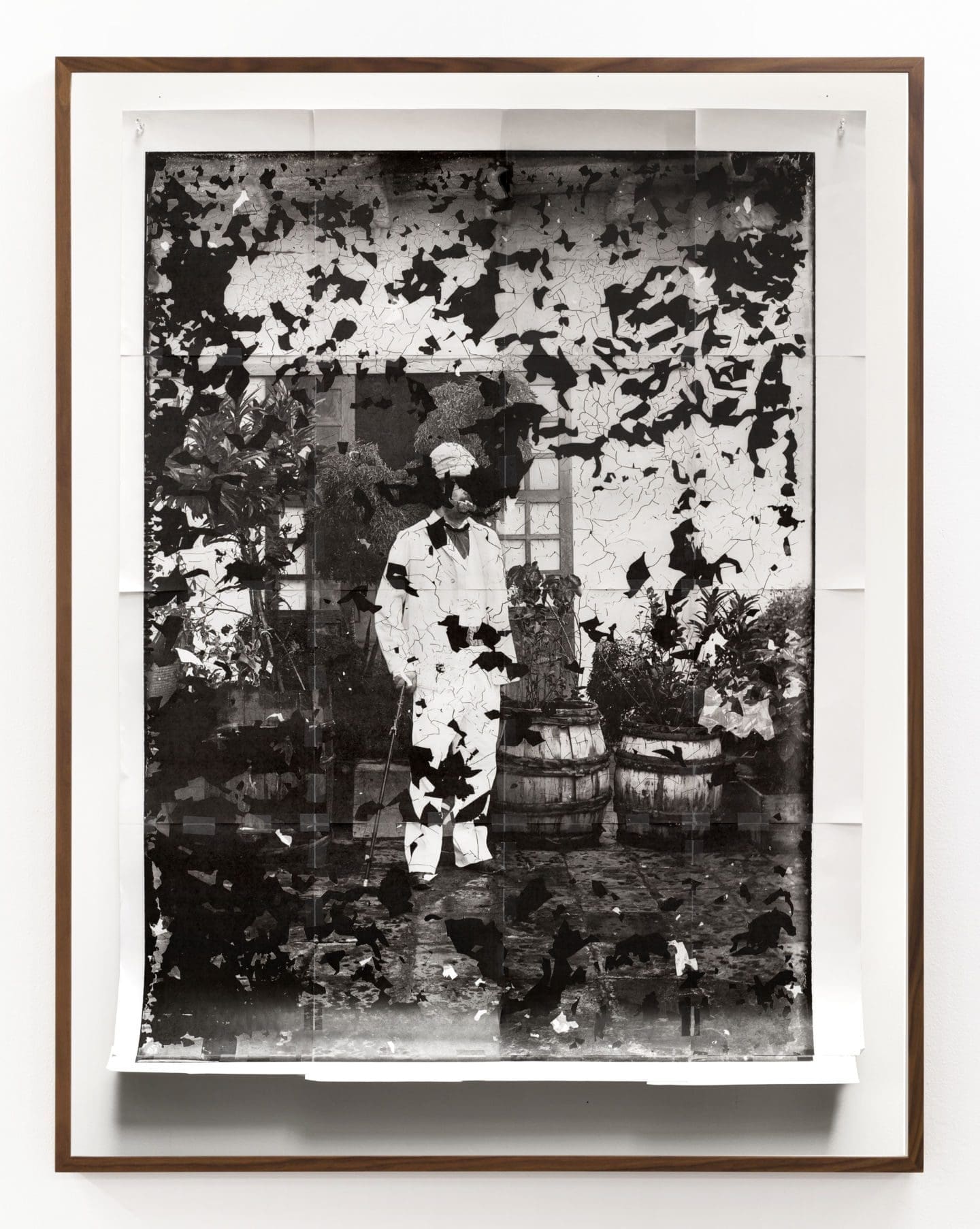
Fragment: Military Officer (from Alexander Schadenberg photographs of the Philippines, circa 1881-1896, National Anthropology Archives, NAA.PhotoLot.15), 2021
Archival pigment inkjet
52 1/2 x 40 1/2 inches (133.4 x 102.9 cm)
Edition of 5

Fragment: Military Officer (from Alexander Schadenberg photographs of the Philippines, circa 1881-1896, National Anthropology Archives, NAA.PhotoLot.15), 2021
Archival pigment inkjet
52 1/2 x 40 1/2 inches (133.4 x 102.9 cm)
Edition of 5


In Syjuco’s upcoming project, she has turned to post-colonial photography in the Philippines in order to examine how a newly-independent country pictured itself after centuries of Spanish and American colonialism. Currently, she is researching the vast photo archives of The Manila Chronicle and The Manila Times, which operated in the Philippines before being shut down by the Marcos dictatorship and Martial Law in 1972. Syjuco’s work seeks to create visual connections between cultural self-determination, an incomplete promise of democracy, and the contemporary weight of forgetting. This project is supported by The Lopez Museum and Library and Silverlens Gallery in Manila, where it will debut as a large-scale photographic installation in fall 2024.
